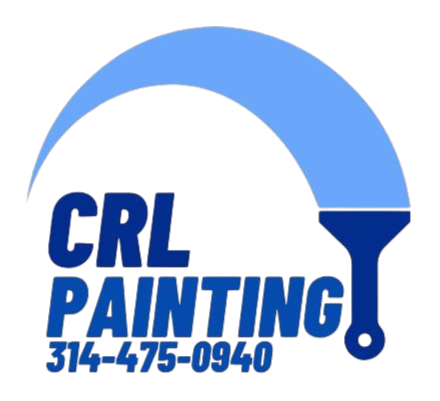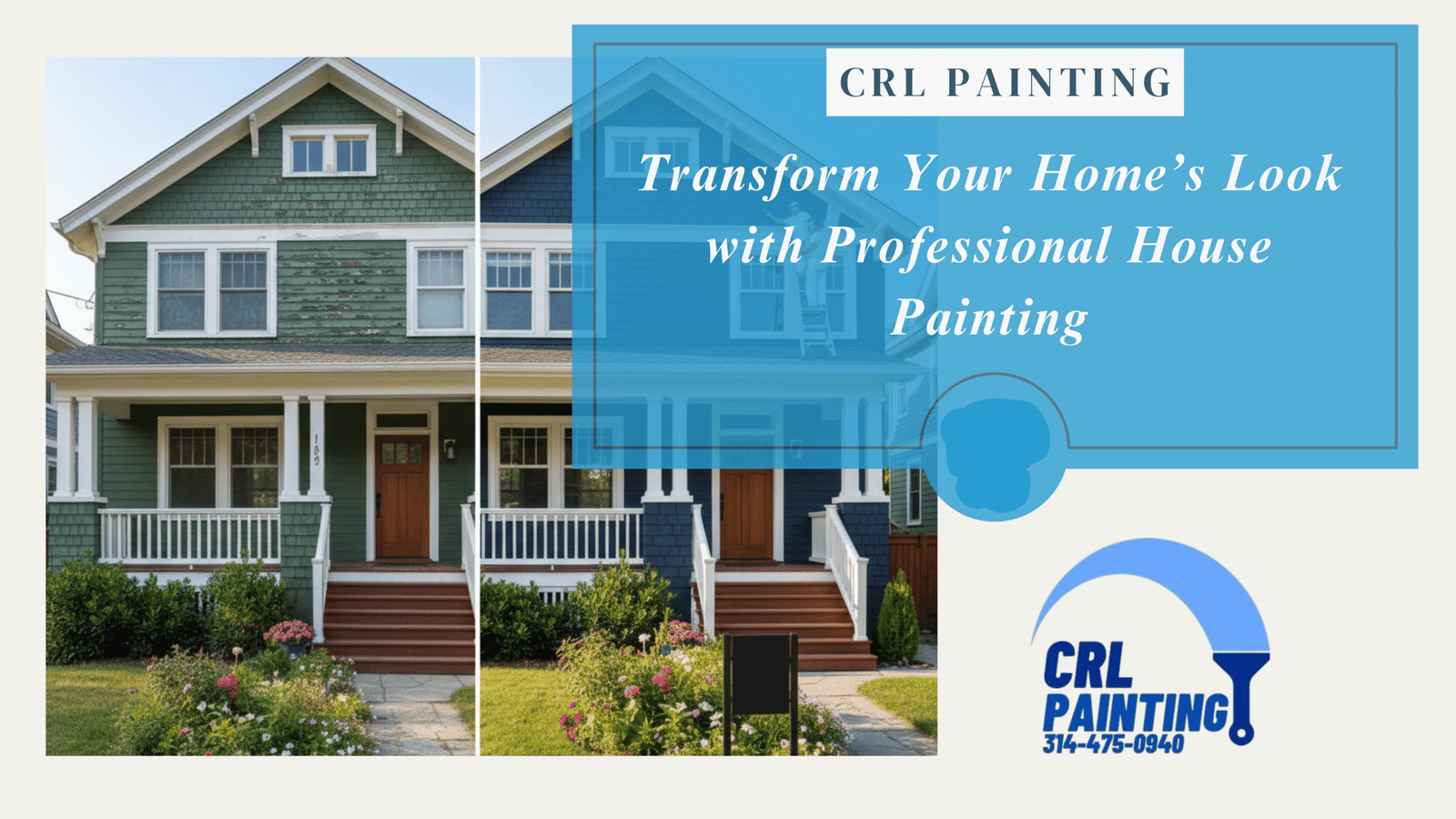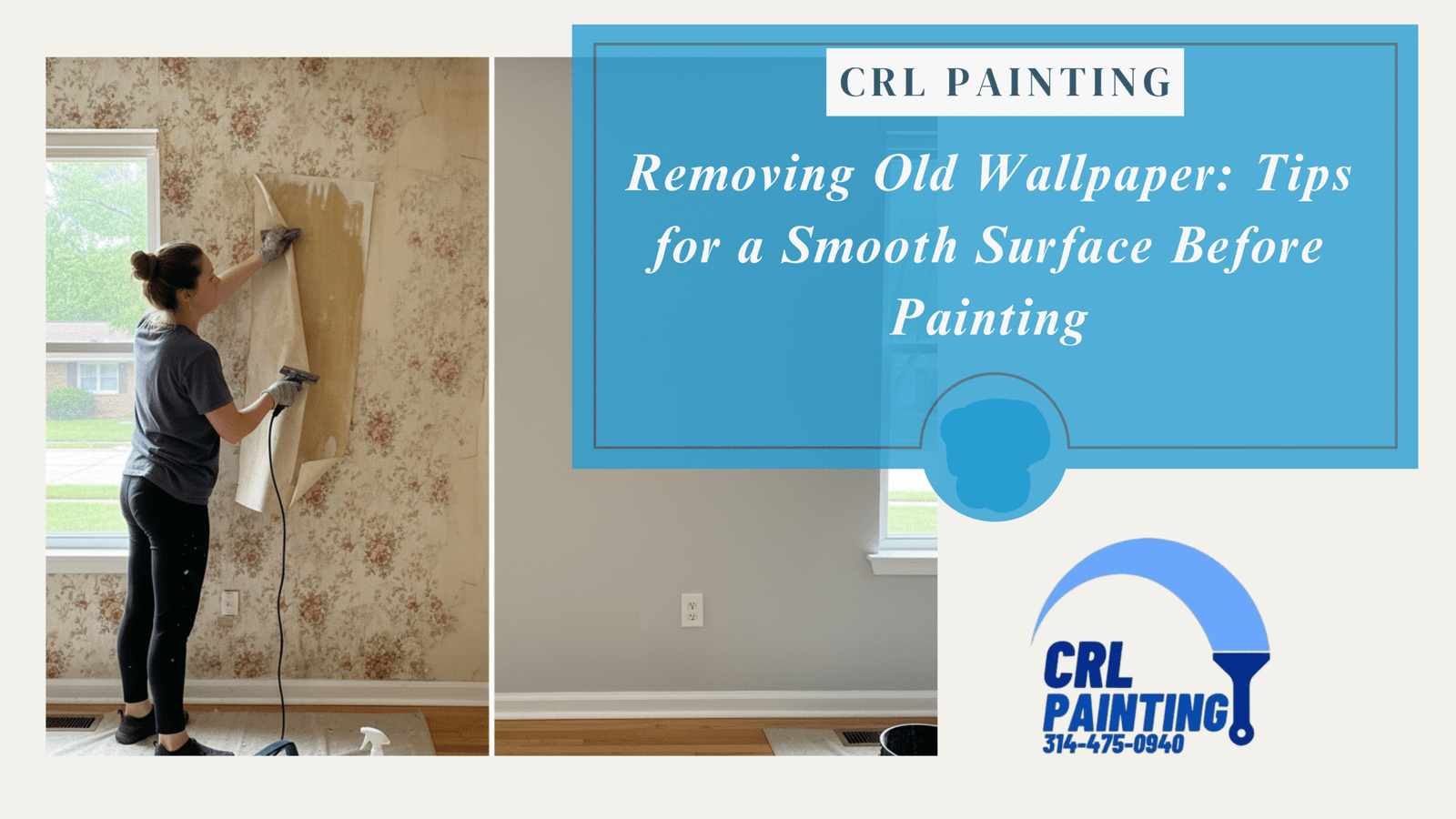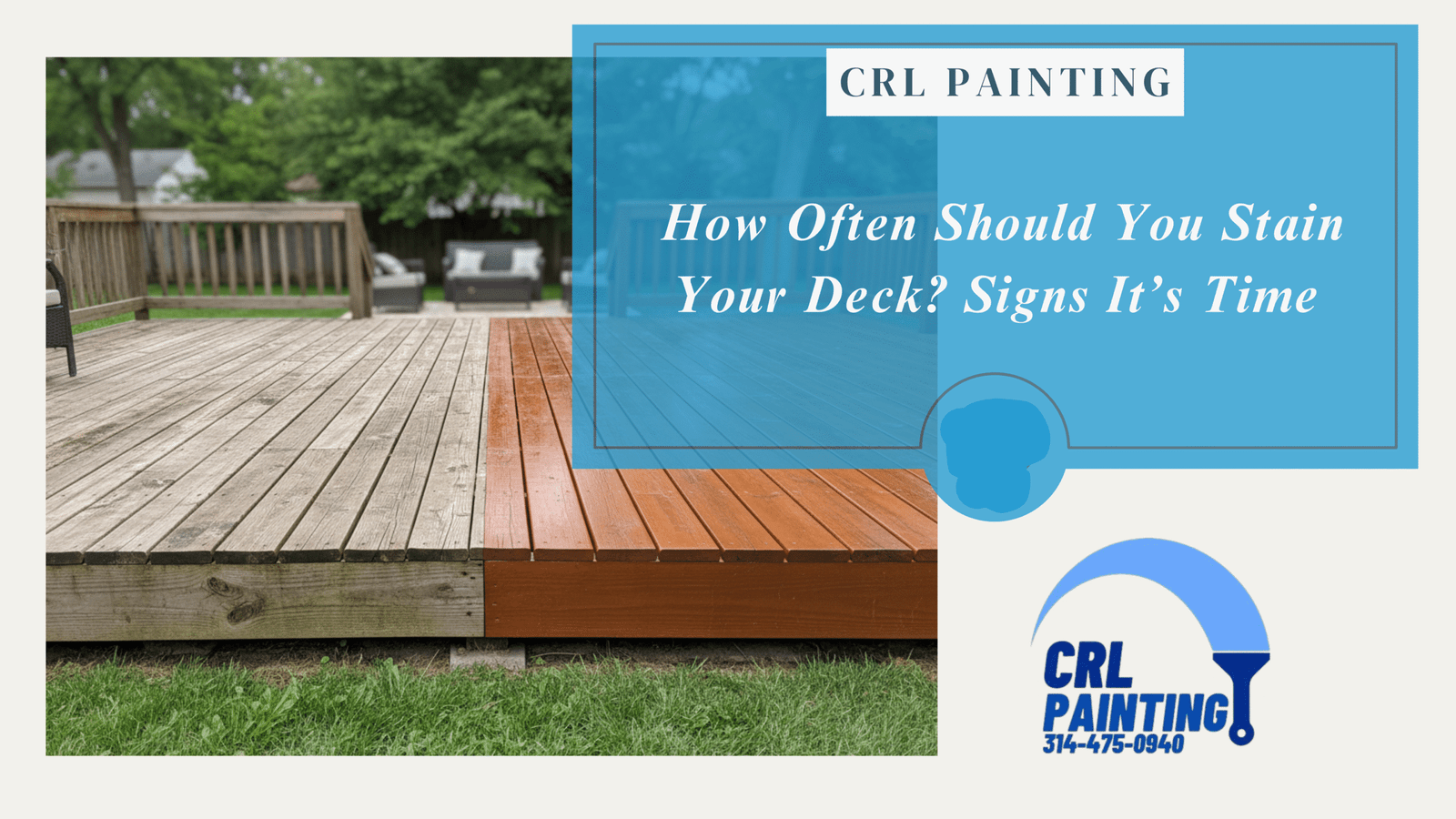Choosing the correct paint finish for your home’s exterior isn’t just about aesthetics; it’s essential for long-lasting protection against weather, wear, and fading. This guide will walk you through the most common finish types and help you decide based on surface type, location, and maintenance needs.
Understanding Paint Sheen: What It Means
Paint sheen refers to how much light the finish reflects. From least shiny to most glossy, common exterior options include:
- Flat (Matte)
- Eggshell
- Satin
- Semi-gloss
- Gloss
- Wikipediahellopainting.co
Flat / Matte Finish, Subtle and Concealing
Pros:
- Excellent at hiding surface imperfections (happypaintingcompany.com New Direction Painting)
- Offers a modern, velvety aesthetic
- Budget-friendly option (Home Decor Directory – Designer’s Pad)
Cons:
- Less durable and harder to clean
- Prone to dirt accumulation and fading (DIY Painting Tips)
Best For: Older homes with uneven surfaces in shaded or sheltered areas.
Eggshell Finish, Gentle Glow, Balanced Durability
Pros:
- Soft sheen with improved durability over flat finishes
- Elegant appearance on various siding materials (hellopainting.coOneflare)
Cons:
- Touch-ups may be visible
- Less forgiving of surface flaws
Best For: Most exterior walls that need a pleasant balance of style and performance.
Satin Finish, The All-Rounder
Pros:
- Lightweight shine with good moisture resistance
- Easier to clean and maintain
- Durable for most climate conditions (happypaintingcompany.comcolbscopainting.com.au)
Cons:
- May highlight surface imperfections
Best For: Siding, shutters, and areas exposed to dirt or humidity.
Semi-Gloss Finish, Durable with Highlighted Details
Pros:
- Highly durable and moisture-resistant
- Easy to clean; excellent for high-wear trim and accents (happypaintingcompany.comOneflare)
Cons:
- Reflective sheen may make flaws stand out
- Higher price point than satin or flat (New Direction PaintingForbes)
Best For: Doors, window frames, shutters, and trim that need protection and polish.
Gloss / High-Gloss Finish, Show-Stopping Shine
Pros:
- Extremely durable and easy to wipe clean
- Makes architectural details pop (hellopainting.cobergerpaints.com)
Cons:
- Highlights surface flaws
- Can appear overly shiny or “plastic” on large surfaces (DIY Painting TipsForbes)
Best For: Small accents, like railings, molding, or doors needing a glossy sheen.
Quick Comparison Table
| Finish Type | Sheen Level | Durability | Best Use |
|---|---|---|---|
| Flat | None | Medium-Low | Imperfect walls in low-traffic zones |
| Eggshell | Low | Medium | General siding, balanced choice |
| Satin | Medium | Medium-High | Siding, shutters, mid-exterior use |
| Semi-Gloss | High | High | Trim, doors, window frames |
| Gloss | Very High | Very High | Accents and detailed features |
Extras: Special Finishes & Tips
- Textured Finishes add dimension and are great for rugged siding (bergerpaints.com)
- Smooth Masonry Finish is ideal for stucco or brick applications (diy.iebergerpaints.com)
Pro Tips:
- Prep Matters More Than Sheen: Clean, sand, and prime before painting for longevity (Homebuilding)
- Best Painting Times: Mid-morning or late afternoon, with mild weather between 50–85°F, for proper drying (Better Homes & Gardens)
Final Thoughts: Match Finish to Function
To get a finish that looks beautiful and lasts:
- Assess your home’s surface and wear level
- Choose a sheen that balances hiding imperfections and durability
- Prepare and apply paint carefully in ideal conditions
- Use low-sheen (“safe bet”) options like satin for most areas and sheen highlights like semi-gloss or gloss for trims
Choosing the right finish = better aesthetics, less maintenance, and longer life for your exterior paint. Contact us today!





